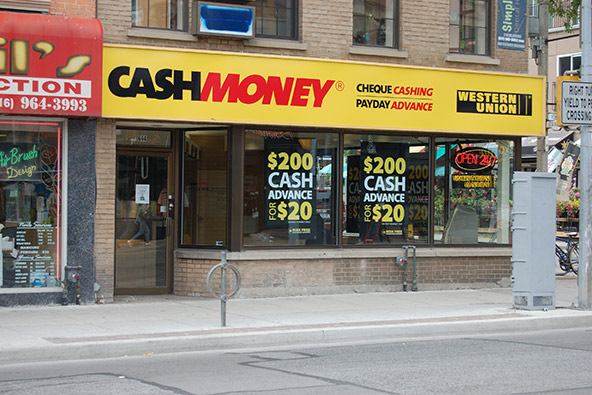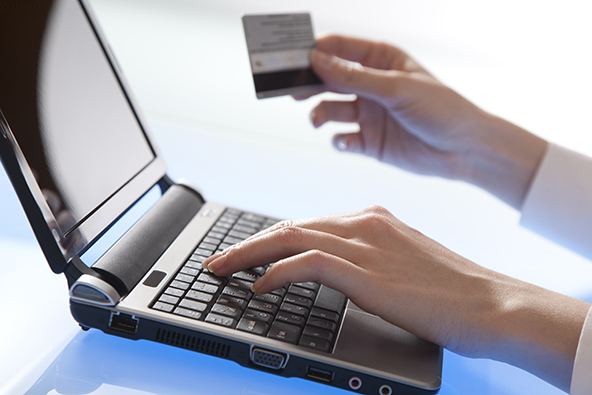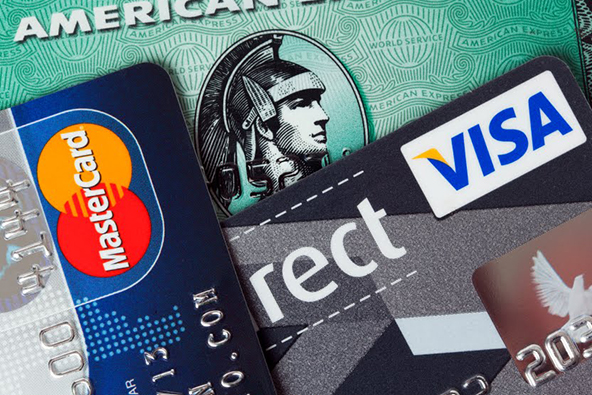Recovering Cards at the Point of Sale

Credit card industry regulations require merchants to ensure that cards used for payments at the point of sale (POS) are valid and that their customers are authorized to use them. It is also in the merchant’s own best interest to ensure that card transactions are genuine, because otherwise they will most likely result in costly chargebacks.
The following situations typically provide sufficient grounds for card recovery:
- Account number does not match the one stored in the card’s magnetic stripe. When a card is swiped through a POS terminal, the information stored in the magnetic stripe is “read” and compared to the information printed on the card. The procedures vary by terminal type, so that the magnetic stripe-read number can be displayed on the terminal or printed on the sales receipt, while other terminals may be programmed to check the numbers electronically. If the numbers don’t match, you will receive a “No Match” message. In such instances, you should make a Code 10 call.
- Account is listed in the Electronic Warning Bulletin or International Warning Notices.
- The four-digit truncated account number imprinted in the signature panel on the back of the card does not match the last four digits of the account number on the face of the card.
- If a photograph of the cardholder is present on the card, it does not match the person presenting the card.
If you have sufficient reasons to believe that your customer is committing fraud and that a card recovery is warranted, you should:
- Only attempt to recover the card if you can do so safely. Never take unnecessary risks.
- Tell the cardholder that you have been instructed to keep the card, and that he or she may call the card issuer for more information.
- Remain calm and courteous. If the cardholder behaves in a threatening manner, return the card immediately?áand complete the transaction.
- Once you have successfully recovered the card, call your?áprocessor?áand ask for further instructions.
- Cut the recovered card in half lengthwise, being careful not to damage the hologram, the embossed account number, or the magnetic stripe.
- Send the card pieces directly to your processor.
You should not attempt a card recovery if you feel threatened by the customer or feel otherwise uncomfortable to follow the procedure while the customer is present. If that is the case, you should complete the transaction and wait for the customer to leave the store. Then you should contact your processor’s voice authorization center and report the incident. Even though it is too late at this point to prevent a fraudulent transaction from taking place, the criminal will not be able to use the card in the future, and possibly at your store.
Credit card companies have made available to merchants cash rewards for recovering altered and counterfeit cards or for information that can lead to the arrest and conviction of any person involved in a counterfeit operation. These rewards vary and you should contact your processing bank for additional details.
Image credit: Talktaxes.blogspot.com.


